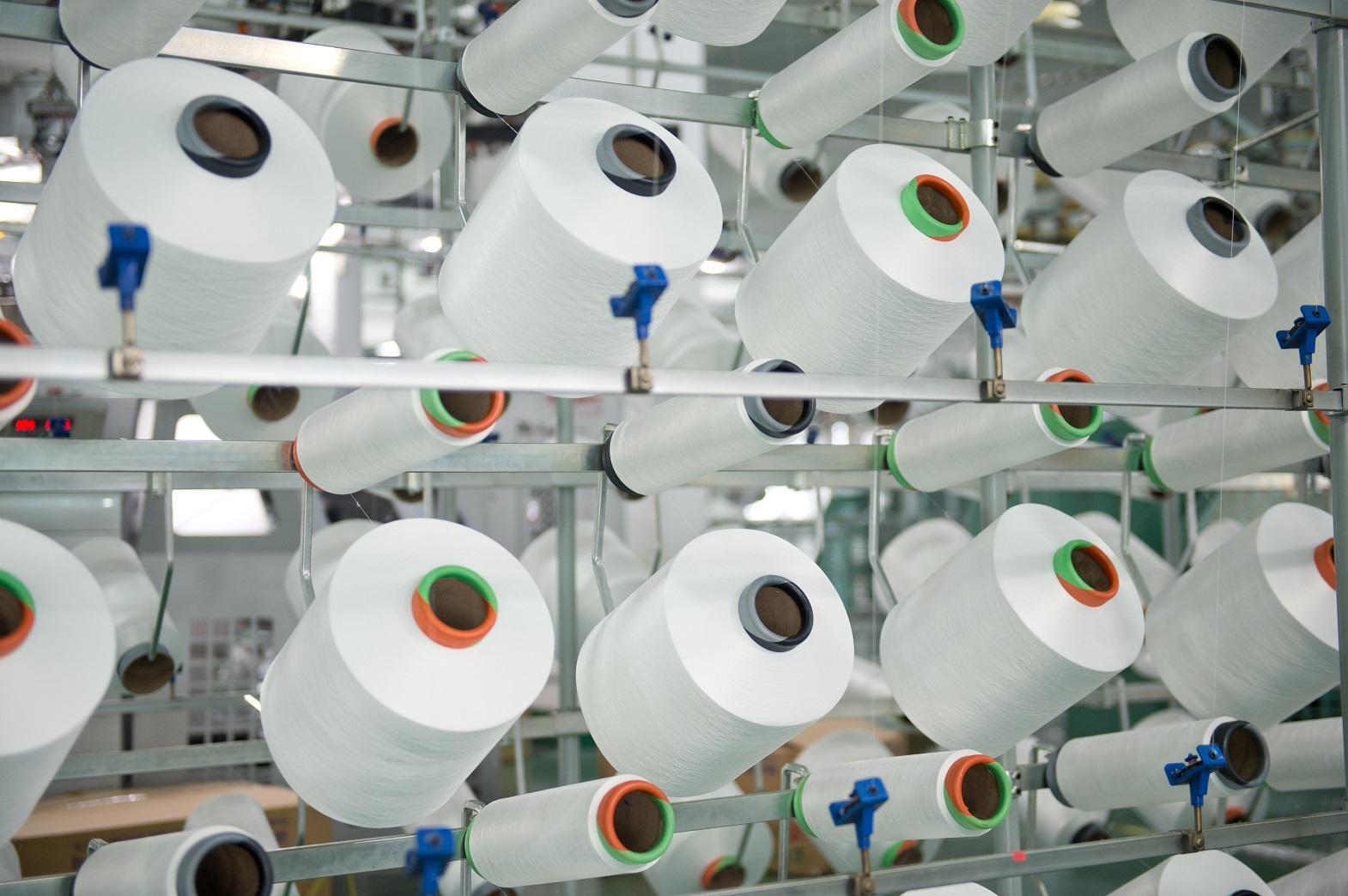The operations of textile and apparel manufacturing have globally moved to Asian countries in the past few decades as the labor-intensive textile industry had the benefit of availing cheap labor. This shift was possible because of the Multi Fibre Agreement (MFA) which has helped to build mutual relationship between developed countries like the U.S. and the European Union and developing nations like China.
There was an increase in the demand of natural and artificial fibres as a result of growth in textile and apparel sectors in China. Especially, China's consumption of polyester fiber increased. The demand of polyester filament yarn (PFY) and polyester staple fiber (PSF) simultaneously increased. China had large amount of polyester fiber to cater to the growing need of polyester. The Chinese government later stabilized the domestic industry in China in 2005. Since then, China's polyester industry is on the rise.
China was further benefitted when MFA was replaced by the Agreement on Textiles and Clothing (ATC) in 1995, which created an atmosphere of free trade among the importing and exporting countries in textile and clothing sectors. This continued for a period of ten years. Today, China has amassed surplus polyester compared to the global demand. China exports one fourth of its textiles to the world.
Paraxylene (PX), Polyethylene terephthalate (PET), purified terephthalic acid (PTA) and MEG (mono ethylene glycol) are the main raw materials used for producing and processing of polyester fibers, films and plastic items. More than 90% PTA and MEG are used for PET production in China.
Two decades before, the U.S. and Europe were dominating the global polyester market. Today, the scenario has completely changed. Asia-Pacific region has become an important location for polyester manufacturing as there are many textile industries which are based here. Countries like China, India, Indonesia, Taiwan and South Korea have grown tremendously in this industry in the past few years.
There was a considerable drop in the demand in various sectors including textile and apparel due to the global economic slowdown in the year 2008. This turmoil affected the polyester industry badly all over the world. Additionally, reduction in the disposable income of the consumers as well as reduction in production and consumption of polymers globally further dampened the polyester market.
However, China regained the position of being the largest supplier of polyester fibre in 2011 and has maintained its position. The global production of staple polyester fiber has steadily increased from 14.6 million tons in 2012 and is expected to reach 17.9 million tons by 2018. As of January 2013, the polyester staple fibre production capacity reached 20.5 million ton, in which 90% of the surplus was in Asia alone with China being the main contributor.
The Asian countries contributed for 94% of total global polyester capacity. This growth was basically witnessed by Asia, while West Europe, Middle East countries and CIS (Commonwealth of Independent States) showed a decline. Polyester production in America bounced back to some extent.
It is also estimated that demand for polyester filament yarn will reach 37.5 million tons in 2018, whereas its supply will increase by 4.5% annually that comes to 38 million. This will result into a surplus of half a million ton of polyester filament yarn. The forecast is that the global polyester market will reach 39.3 million tons by 2015 with China being the leading contributor.
In 2013, China produced 26 million tons of polyester annually, whereas its annual domestic input (Production+imports- exports) was 24.6 million tons. It is worth noting that in spite of the fact that China accounts to 50% of world's polyester production and consumption, only 4-6% of world polyester exports is done by China.
In China, polyester fiber processing is mainly done on the coastal area of Zhejiang and Jiangsu. Half of the polyester output of China is produced in Zhejiang region and a third of polyester is produced in Jiangsu. China will continue to be the largest polyester producing country in the world in 2014 also. It currently produces 30 million kilograms of polyester which includes 9 million of staple fibre and 21.5 million kilograms of polyester filament. Moreover, the polyester demand is estimated to grow at a compound annual growth rate of 4.7 to5.8 from 2013-2018 in China and globally.
New polyester plants are being set up nowadays which have advanced four-reactor construction replacing the five reactor construction. This makes the plant more efficient and profitable. According to a report the polyester production growth in China outpaces the GDP growth of the country.
China being the key global player in polyester production, will force the other polyester producing nations to limit their polyester production. Also, there is anticipation that there will be a competition between India and China for the production of polyester fibre.
1. Businesswire.com
2. Companiesandmarkets.com
3. Dtcompany.com
4. Ceri.ttu.edu
5. Textileworld.com









Comments